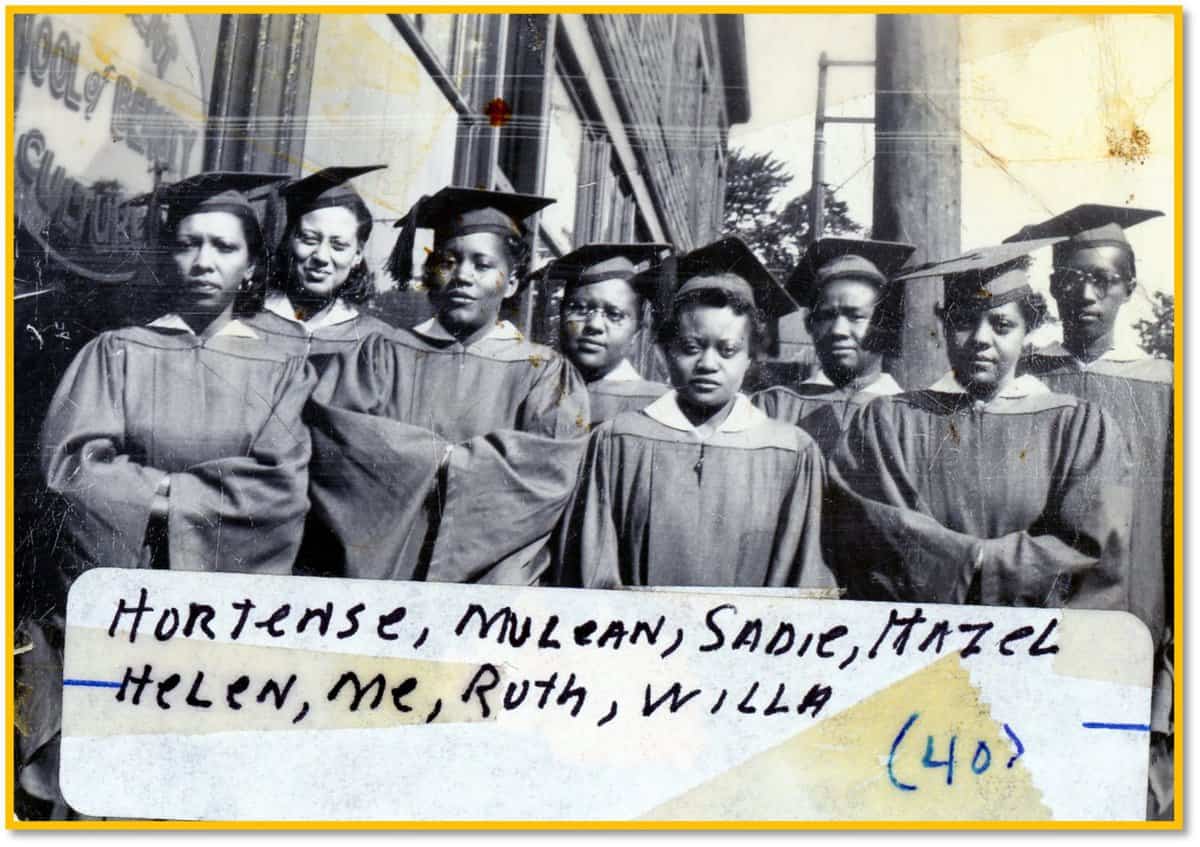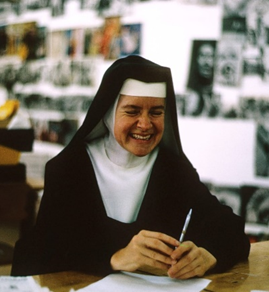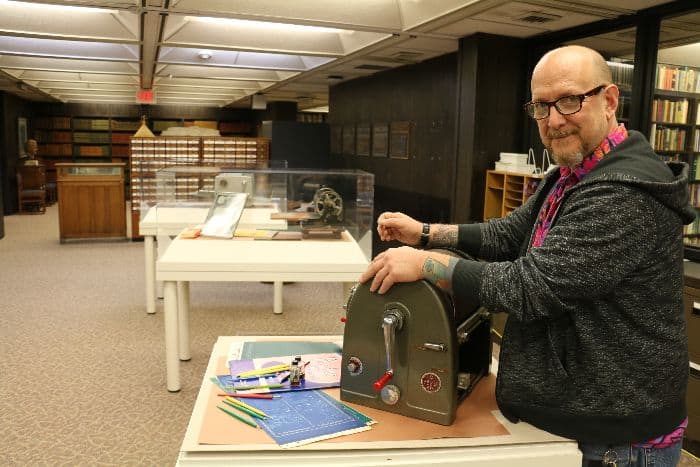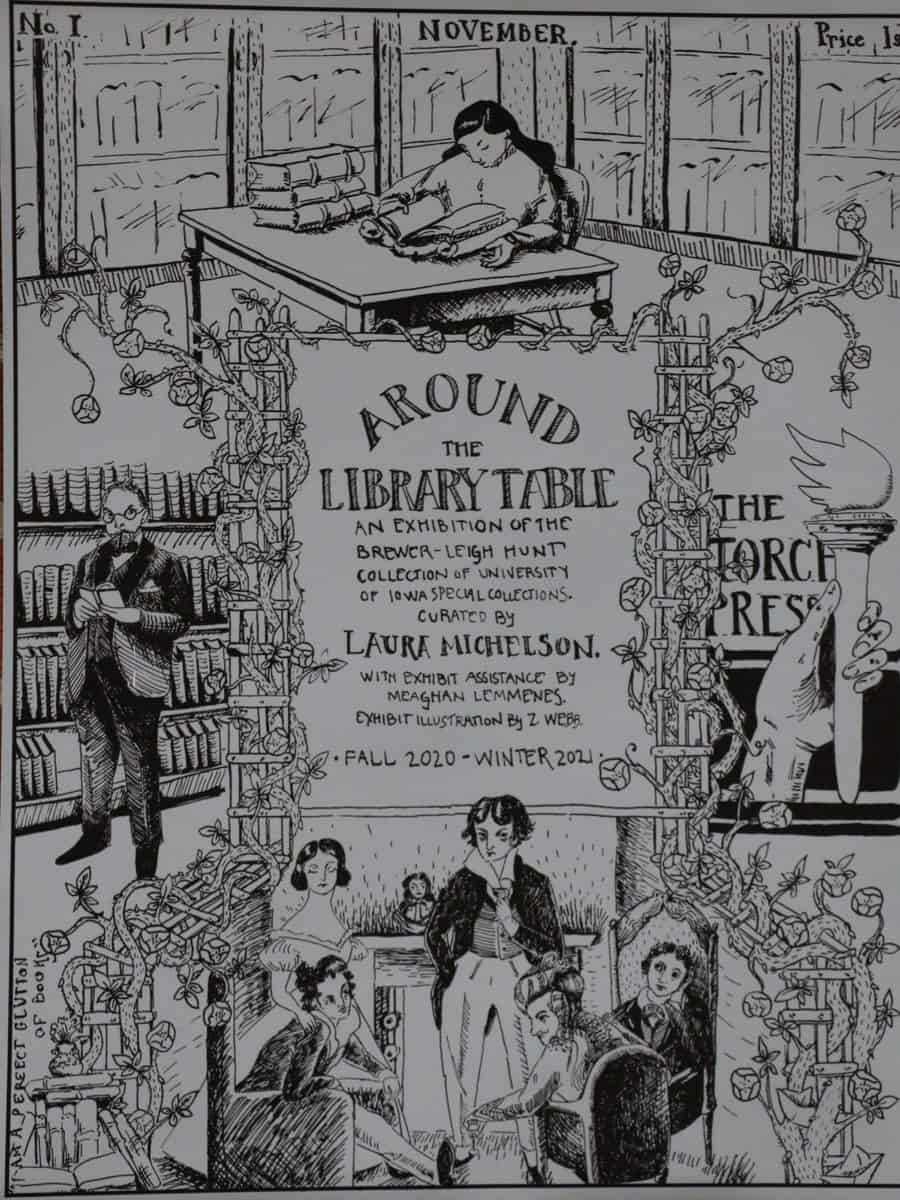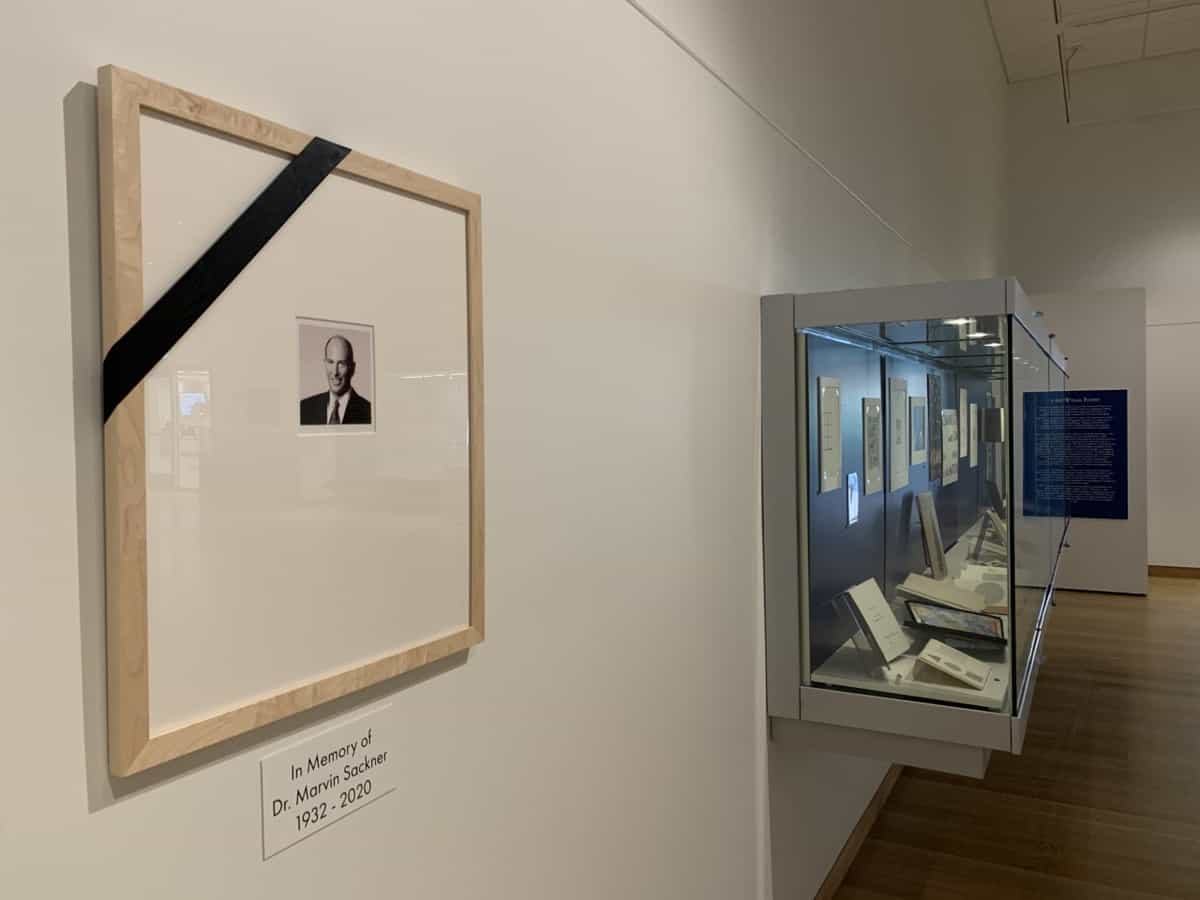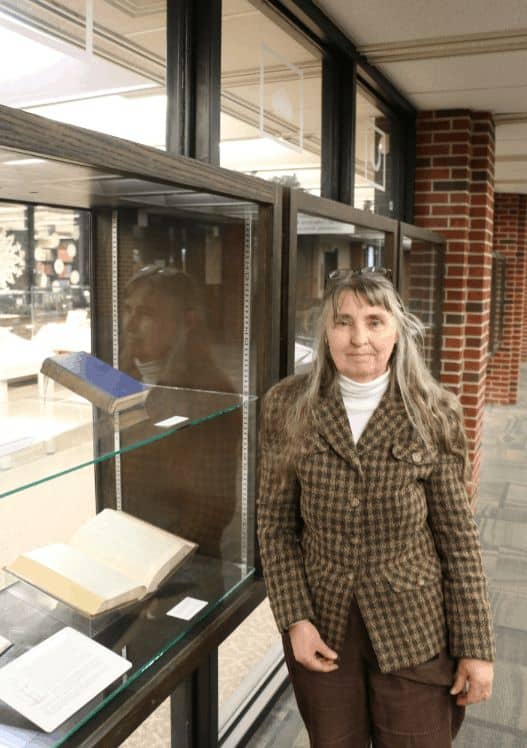The following was written by Rich Dana, Sackner Archive Project Coordinator Marvin and Ruth Sackner were the world’s foremost collectors of “visual poetry,” artwork that combines visual elements and text. Dr. Sackner was also an internationally respected pulmonologist and inventor of many medical devices. In 1992, the Sackners created a unique exhibition of work byContinue reading “Beauty in Breathing: An Exhibit”
Category Archives: Exhibitions
Professional Attention: The World of Labor
The following is written by Matrice Young, student life archivist and curator of Professional Attention: The World of Labor. Extra Extra! Read all about it!Jobs in America are varied and should be valued!Whether it be workin’ the field, fixing railroads,tightening locs or crocheting braids.Be it acrobatics, magic, music, or ballet.Librarians, nurses, comic artists, lecturers—No,All professionsContinue reading “Professional Attention: The World of Labor”
A Tale of Tails: Pets in the Archives
A new exhibit bound to make you feel warm and fuzzy is up in the Special Collections & Archives reading room. Curated by lead outreach and instruction librarian Elizabeth Riordan and academic outreach coordinator Kathryn Reuter, the exhibit A Tale of Tails: Pets in the Archives explores the pets found in Special Collections & Archives,Continue reading “A Tale of Tails: Pets in the Archives”
All Women Welcome: Summer 2022 Reading Room Exhibit
The following is written by Rachel Miller-Haughton, former Olson Graduate Research Assistant and curator of All Women Welcome exhibit All Women Welcome: Voices of Activist Iowa Women is the summer 2022 exhibit in the Special Collections Reading Room. The culmination of my time as the 2020-2022 Olson Graduate Research Assistant, the exhibit features images, documents,Continue reading “All Women Welcome: Summer 2022 Reading Room Exhibit”
Art to Eat By: Cookbooks as Record and Expression
The following Top 10 List is written by graduate student worker Diane Ray, with introduction by Curator Eric Ensley. Images, unless otherwise noted, are also from Diane. Eric and Diane co-curated the exhibit “Art to Eat By: Cookbooks as Record and Expression” which is on display in the Special Collections & Archives reading room SeptemberContinue reading “Art to Eat By: Cookbooks as Record and Expression”
Spirit Duplicators: Early 20th Century Copier Art, Fanzines, and the Mimeograph Revolution
The following was written by Olson Graduate Assistant Rich Dana, and curator of the Spirit Duplicators exhibit in Special Collections & Archives reading room During my three and a half years at Special Collections, I have worked with an amazing range of materials, but my major projects have focused on first, the James L. “Rusty”Continue reading “Spirit Duplicators: Early 20th Century Copier Art, Fanzines, and the Mimeograph Revolution”
Sitting Around the Library Table with Laura Michelson
Join us as we sit down and discuss around the library table. We will light a fire in the fireplace and share stories from our favorite collection. Grab your favorite piece of classic literature or bring a new story you are writing as we share with you all the life of an English Romantic andContinue reading “Sitting Around the Library Table with Laura Michelson”
A Special Collections Graduate Assistant Remembers Marvin Sackner
The following blog is written by Rich Dana, Olson Graduate Assistant in Special Collections. Dr. Marvin Sackner passed away on September 29th. A national leader in the field of pulmonology and an inventor of innovative medical devices, Marvin Sackner was also an internationally recognized authority in the field of word-art, known as concrete or visualContinue reading “A Special Collections Graduate Assistant Remembers Marvin Sackner”
Lanterns in their Hands: a look at a new exhibit and its curator
In the darkness of these Midwest winter months, a new exhibit comes to our reading room to shed light on nine nearly forgotten Iowa women writers. Lanterns in Their Hands: Nine Nearly Forgotten Iowa Women Writers was curated by Processing Coordinator, Jacque Roethler. The exhibit examines nine women writers whose names may have faded with time,Continue reading “Lanterns in their Hands: a look at a new exhibit and its curator”
Exhibit to Celebrate Walt Whitman’s 200th Birthday
Hailed as “America’s poet” by poet Ezra Pound and others, Walt Whitman is a familiar name to most Americans, even if they haven’t read his most famous work Leaves of Grass. Even 200 years after his birth, Whitman finds himself the center of countless research questions and an inspiration for modern writers. For someone whoContinue reading “Exhibit to Celebrate Walt Whitman’s 200th Birthday”

